Environmental Impact of Geothermal Energy
4 minute readUncover the environmental impact of geothermal energy, from low emissions to pollution risks and seismic concerns. Learn how geothermal stacks up as a clean energy source.
Home > Learning Center > Energy Production > What Is Geothermal Energy?
5 minute read • Last update November 2024
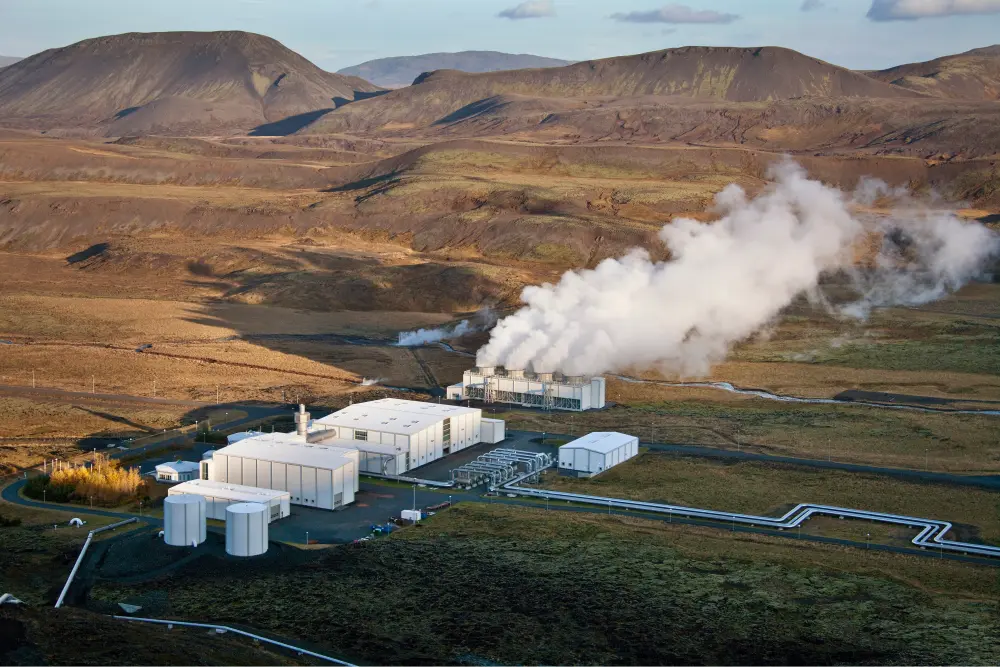
Geothermal energy is a form of renewable energy that is harnessed from the heat stored beneath the Earth’s surface. This heat is a result of the radioactive decay of minerals and the original formation of the planet. It is continuously replenished, making geothermal energy a sustainable and reliable resource.
Geothermal energy is a fascinating and potent form of power lying right beneath our feet, waiting to be harnessed. In the upcoming sections, we will delve deeper into the mechanics of geothermal energy, exploring how this clean and inexhaustible energy source can be harnessed to power our homes, industries, and the future of sustainable living. Along the way, we’ll answer a number of questions, including:
Geothermal energy is categorized as a renewable energy source due to its origination from the Earth’s constant and infinite heat. Unlike fossil fuels, which are finite and can deplete over time, the Earth’s core will continue to generate heat for billions of years to come.
This remarkable characteristic of geothermal energy perfectly aligns with the sustainability goals of companies like BKV Energy, which strive to cater to the energy demands of today without compromising the needs and resources of future generations. With its inexhaustible nature and long-term viability, geothermal energy stands as a beacon of hope for a greener and more sustainable future.
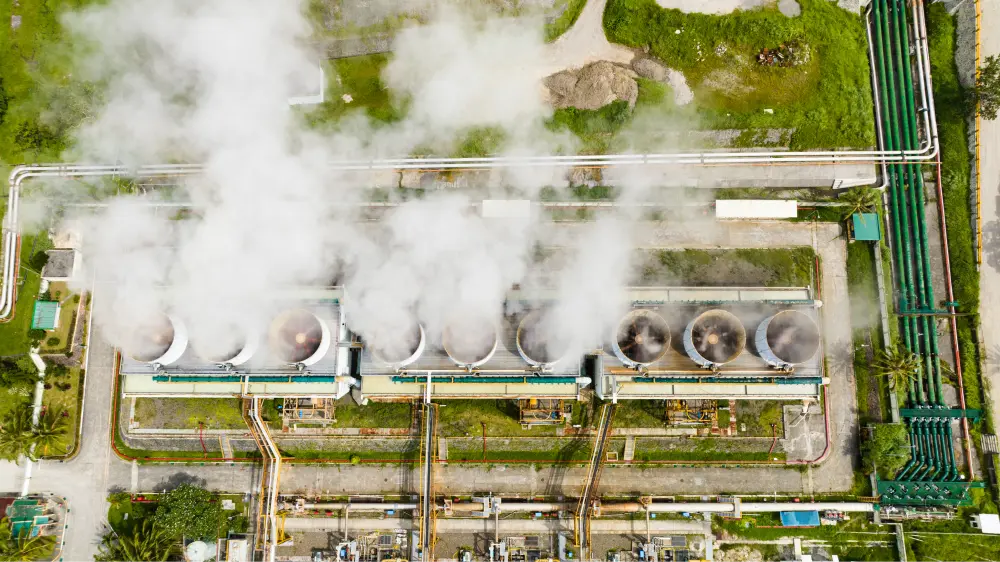
Geothermal energy is considered “green” due to its minimal environmental footprint. Unlike traditional power plants, geothermal power plants do not burn fuel to generate electricity.
Instead, they tap into the Earth’s natural heat to produce clean, renewable energy. By harnessing this geothermal energy, these power plants significantly reduce the amount of greenhouse gases released into the atmosphere, helping to create a cleaner and more sustainable environment for future generations.
Yes, geothermal energy is indeed sustainable. It harnesses the power of Earth’s natural heat, which is constantly replenished, providing a consistent and reliable source of energy.
Geothermal power plants, utilizing advanced technologies, can operate continuously, 24/7, regardless of weather conditions or time of day. This sets geothermal energy apart from other renewable sources like solar or wind, which may be dependent on external factors and intermittently available.
The renewability of geothermal energy comes from the Earth’s ability to maintain its internal heat naturally. The vast reservoirs of hot water and steam beneath the Earth’s crust can be tapped for human use and then re-injected back into the ground in a cycle that can be repeated almost indefinitely.
Geothermal energy comes from the Earth’s core, where temperatures can reach over 5,000 degrees Celsius. This heat is transferred to the Earth’s crust through conduction and convection. Areas with high geothermal activity, such as hot springs, geysers, and volcanic regions, are prime spots for geothermal energy extraction.
Geothermal resources encompass the reservoirs of hot water and steam that reside beneath the Earth’s surface. These valuable resources are categorized based on their temperatures, which include low, moderate, and high enthalpy levels. High-enthalpy resources, characterized by their higher temperatures and energy content, are often harnessed for electricity generation, contributing to sustainable power production.
On the other hand, lower-enthalpy resources, though slightly cooler, still possess ample thermal energy to be utilized for heating applications, such as geothermal heating systems, promoting energy efficiency and reducing carbon emissions.
Geothermal power plants harness the steam and hot water from the Earth and use it to drive turbines connected to electricity generators. There are three main types of geothermal power plants: dry steam, flash steam, and binary cycle, each utilizing different methods to extract and convert geothermal energy into electricity.
Example: The Geysers in California, USA
The Geysers, located in Northern California, is the largest complex of geothermal power plants in the world. It’s a dry steam field that directly uses geothermal steam to turn turbines.
Example: Cerro Prieto Geothermal Power Station in Baja California, Mexico
Cerro Prieto is one of the largest geothermal power stations in the world. It uses high-pressure hot water from the ground, which is allowed to ‘flash’ into steam as it rises due to the lower pressure at the surface, which then drives the turbines.
Example: Chena Geothermal Power Plant in Alaska, USA
The Chena power plant in Alaska is a binary cycle plant, which is particularly suitable for the lower temperature resources available in the area. It operates by passing hot geothermal fluid through a heat exchanger, where it heats a secondary fluid (like isobutane) that has a lower boiling point and flashes to vapor at a lower temperature than water. This vapor then drives the turbines.
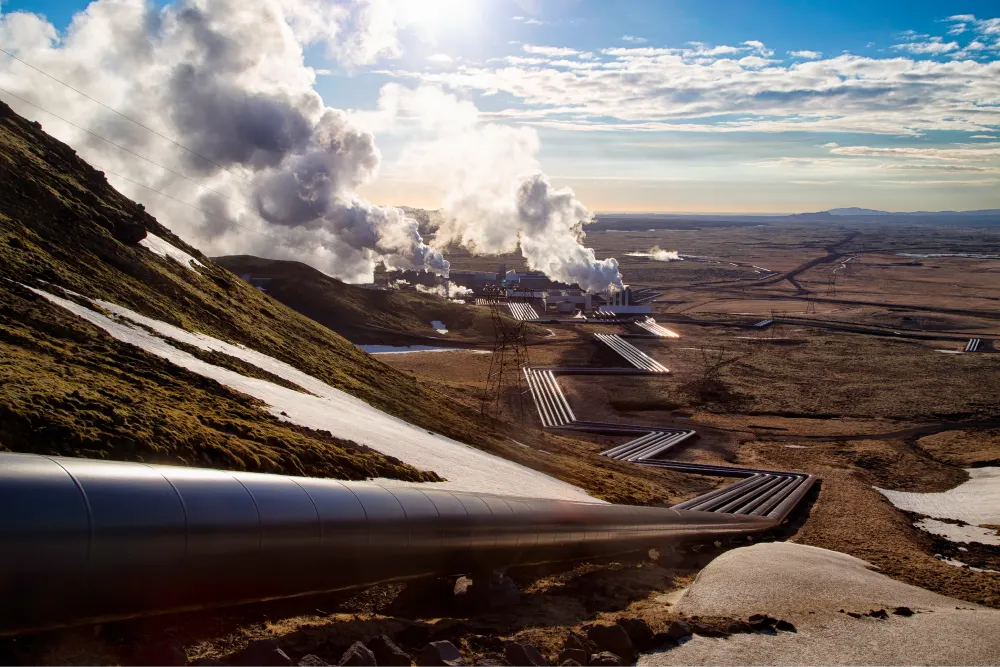
Geothermal energy is not only a powerful source for electricity generation but also an efficient solution for heating and cooling applications. This sustainable energy harnesses the stable temperatures of the earth to manage climate control in buildings and homes.
Geothermal Heat Pumps (GHPs) are the most common method for harnessing geothermal energy for heating and cooling. They utilize the earth’s constant underground temperature to transfer heat to or from a building.
Heating: During colder months, GHPs circulate a water-based solution through a loop system underground. This fluid absorbs heat from the ground and carries it into the building. Inside, a heat exchanger extracts the heat from the fluid to warm the air, which is then distributed throughout the building.
Cooling: Conversely, in warmer months, the system is reversed. The pump extracts heat from the building and transfers it to the ground, which is cooler than the air above surface level. This process removes heat from the building, thereby cooling it.
The installation of geothermal heating and cooling systems involves significant upfront costs, primarily due to the need to drill and install the underground loop system. However, the long-term savings on energy bills and the potential for tax incentives can offset the initial investment.
Graham Lumley, Digital Marketing Manager at BKV Energy, leads digital and traditional marketing strategies, focusing on educating Texans about the state's deregulated energy market. With over 8 years of marketing experience, he creates content to help consumers understand and save on their energy bills, bringing a fresh and dynamic approach to the industry.
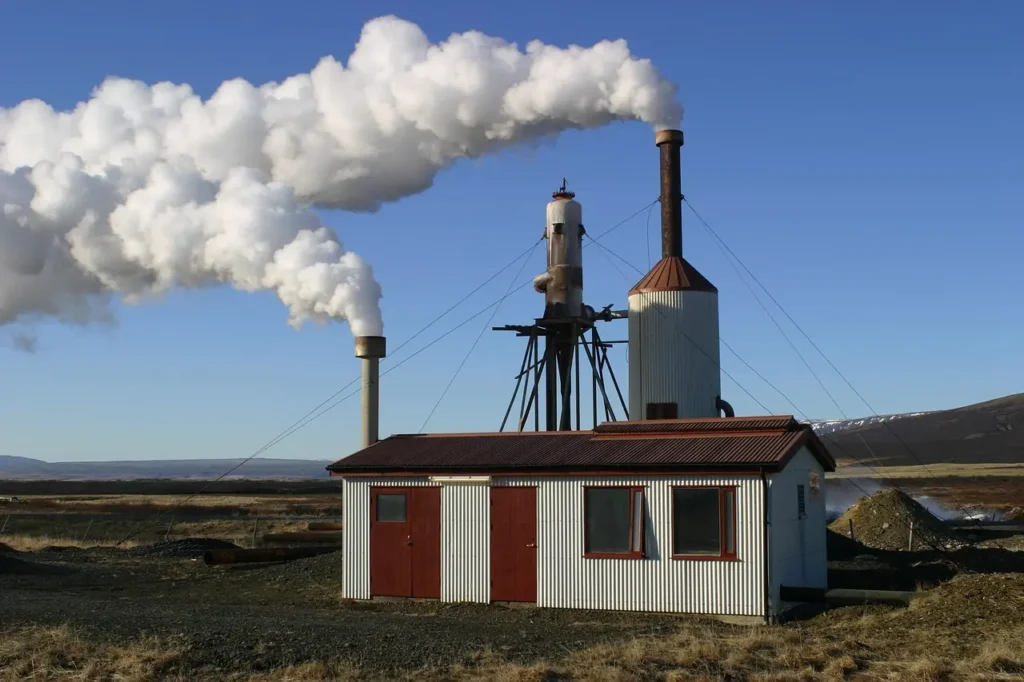
Uncover the environmental impact of geothermal energy, from low emissions to pollution risks and seismic concerns. Learn how geothermal stacks up as a clean energy source.
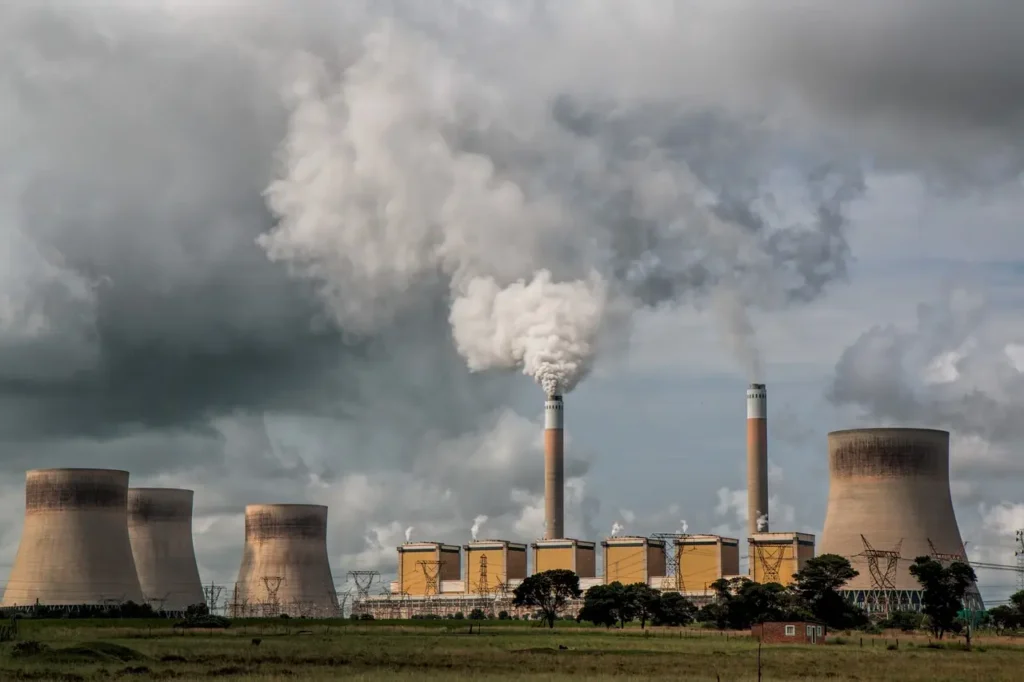
Get $50 off your electric bill!
Use code BKVEJOINUS50
Enter your zip code to shop BKV Energy's affordable, fixed-rate Texas electricity plans. Use the promo code for $50 off your electric bill.